For centuries, some villages have maintained and perfected their weaving traditions, creating textiles that narrate stories of cultural heritage and artistic innovation. Such communities have kept their techniques and passed them from generation to generation while adapting to modern demand without losing their authentic craftsmanship.
Their outstanding textiles supported local economies and inspired global fashion and design trends.
Teotitlán del Valle, Mexico
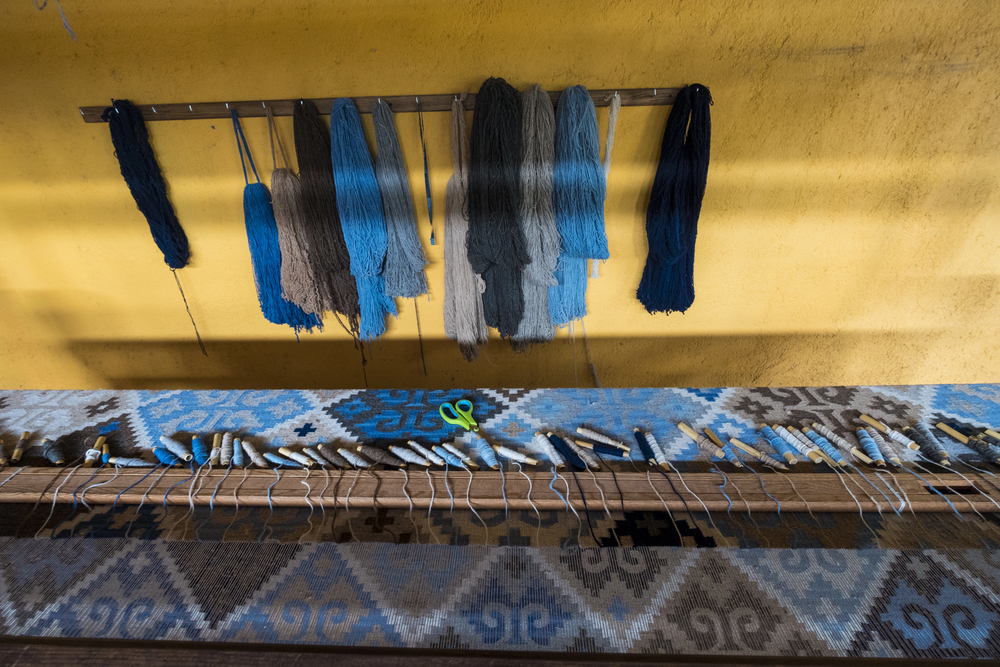
The Zapotec weavers of this Oaxacan village create vibrant wool rugs using natural dyes extracted from local plants and insects. Their distinctive geometric patterns incorporate ancient Mixtec and Zapotec symbols that tell stories of their pre-Hispanic heritage.
The community maintains strict quality standards through a cooperative system that ensures fair compensation for artisans. The village’s weaving tradition dates back over 2,000 years, making it one of the oldest continuous textile traditions in the Americas.
Vác, Hungary
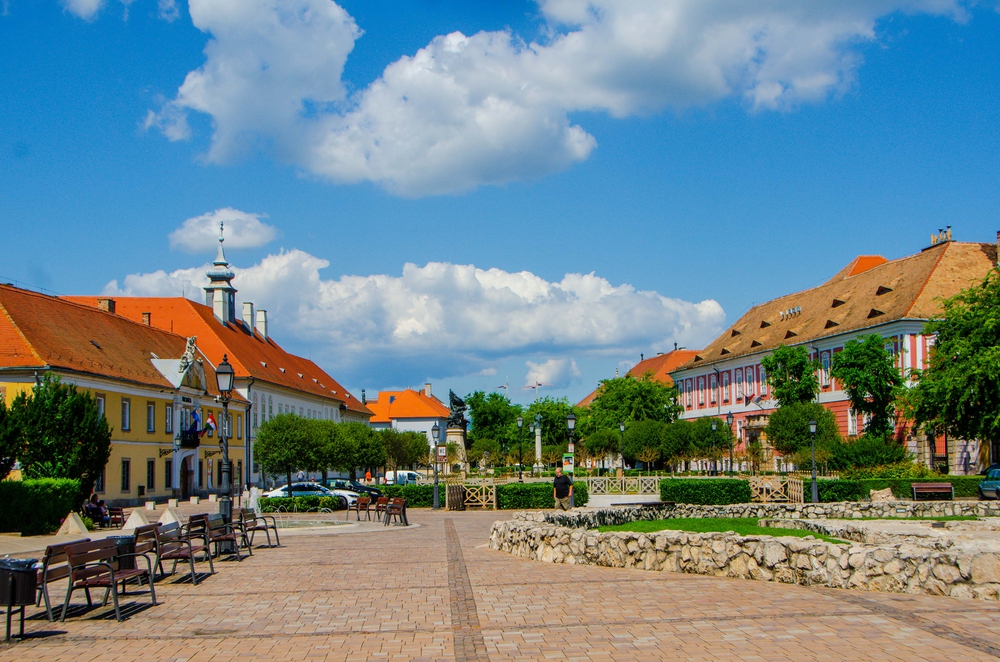
This historic Danube riverbank settlement specializes in creating intricate blue-dye textiles using traditional indigo printing techniques. The village’s master artisans employ wooden blocks carved with regional patterns that have remained unchanged since the 18th century.
Local artisans combine weaving and dyeing to create unique textiles in traditional Hungarian costumes and home furnishings. The community has established a renowned textile museum that preserves ancient patterns and educates visitors about their unique craft.
Varanasi, India
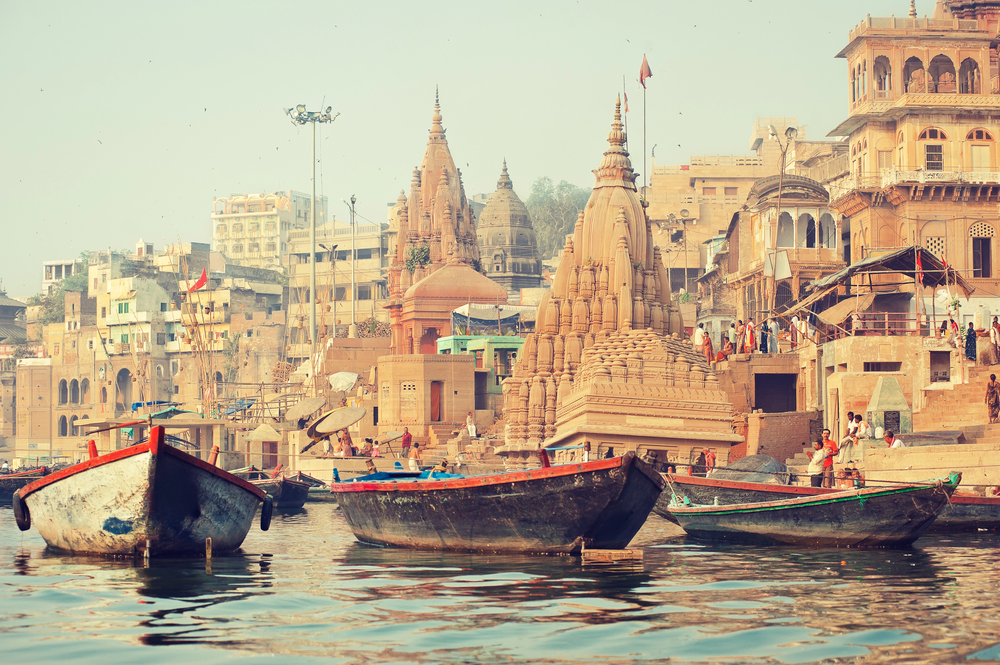
The ancient city’s silk weavers produce the legendary Banarasi brocades using pure silk and gold threads. Their sophisticated techniques allow them to create complex patterns that can take months to complete on a single sari.
The Muslim weavers of Varanasi have preserved their craft through political changes and economic challenges spanning centuries. The community maintains strict quality standards while innovating with contemporary designs that appeal to modern consumers.
Chinchero, Peru
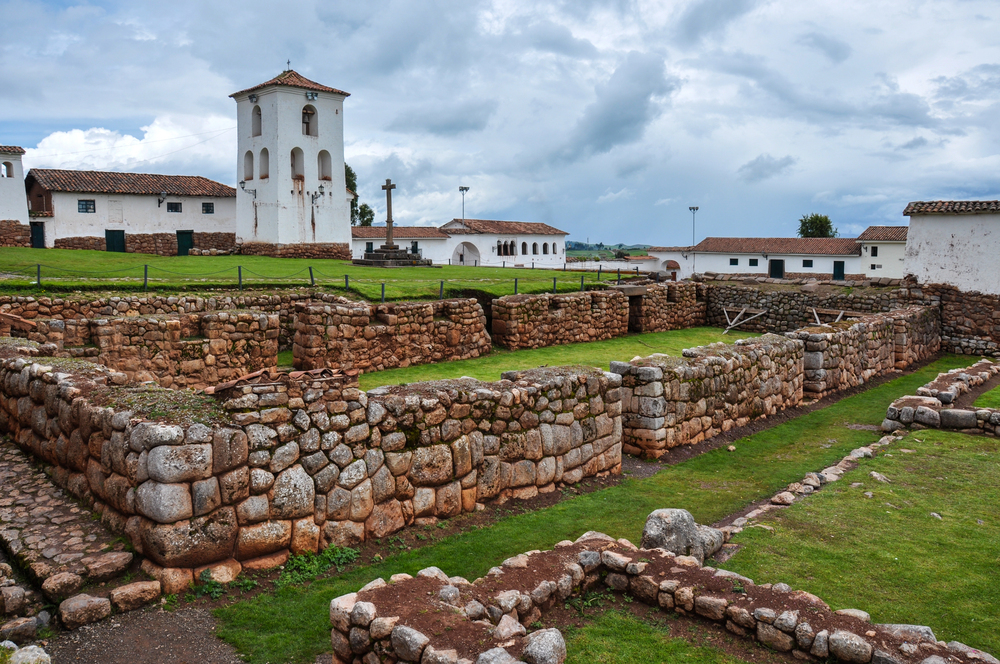
This Andean village weaver uses techniques from Incan times but makes textiles with the signature style of play. Such intricate designs involve motifs made of symbols representing their region’s flora, fauna, and cosmos.
The women’s cooperative has created a model where they are economically independent and retain ancient wisdom. The textile center there offers an opportunity for full immersion in natural dye processes and basic weaving techniques.
Nishijin, Japan
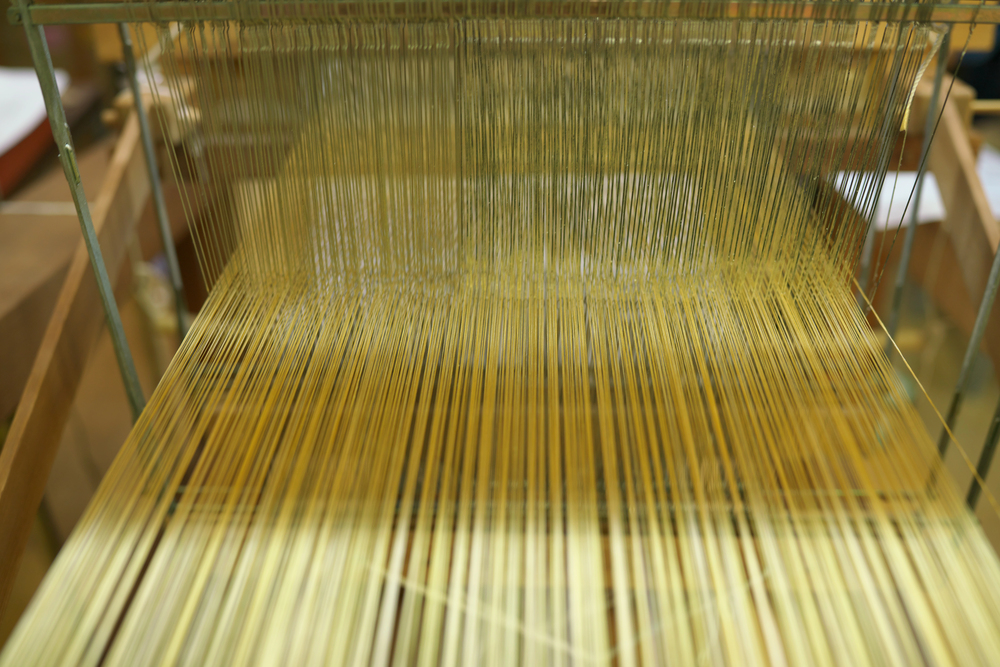
This historic Kyoto district produces some of the world’s most sophisticated silk textiles using techniques dating back to the 5th century. Their master weavers specialize in creating obi sashes and kimono fabrics using up to 20 different colored threads in a single weave.
The community maintains strict apprenticeship programs that preserve their unique techniques and patterns. Local workshops use traditional wooden looms while incorporating modern technology for certain processes.
Samarkand, Uzbekistan
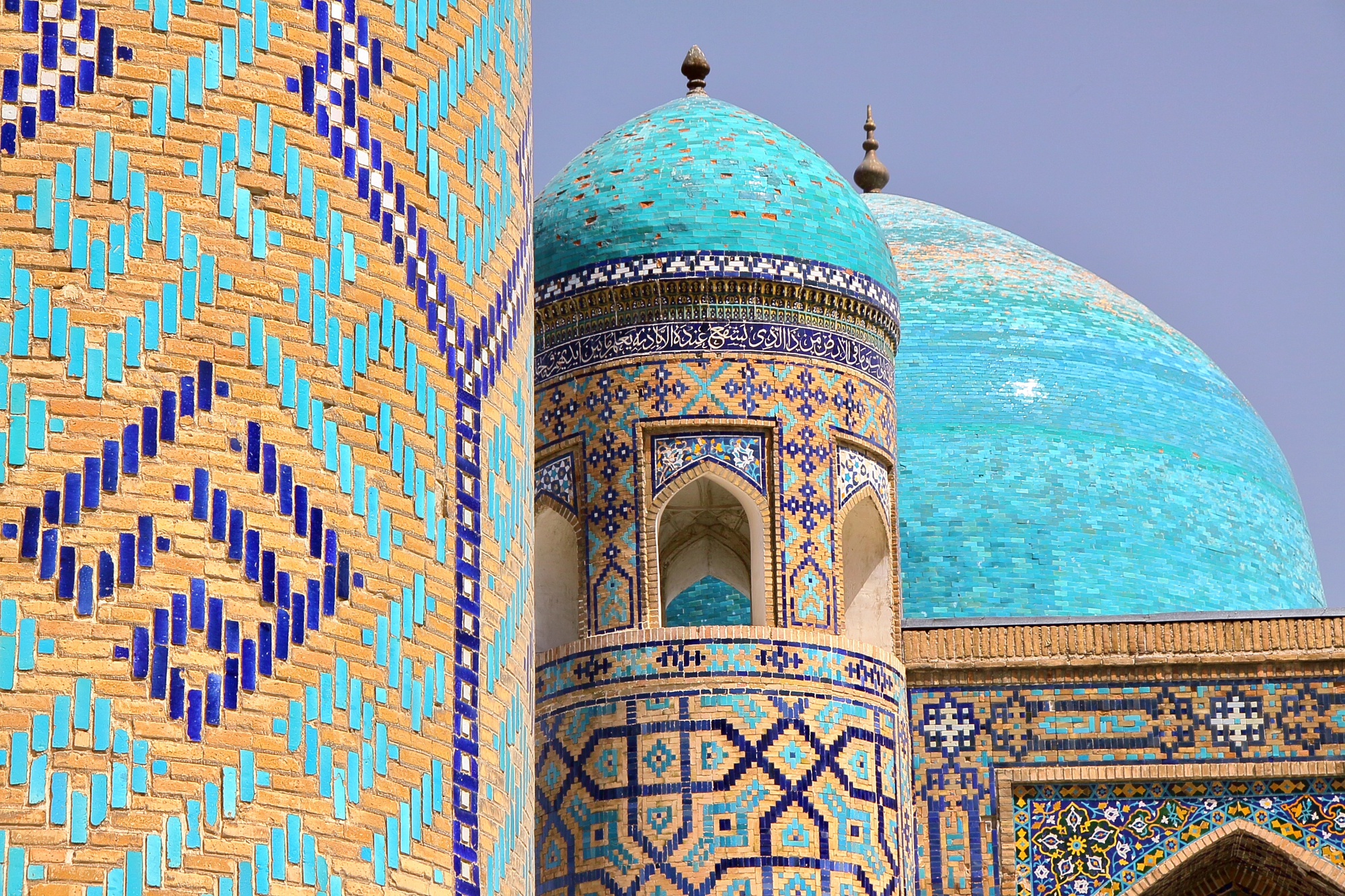
The ancient Silk Road city’s artisans specialize in creating ikat textiles with distinctive blur-edged patterns achieved through a complex resist-dyeing process. Their workshops maintain centuries-old techniques while training new generations in the intricate art of silk weaving.
The local government has established programs to support artisans and promote their crafts internationally. The community’s master weavers create traditional patterns and contemporary designs that appeal to global markets.
Harris, Scotland

The remote Outer Hebrides island community produces the renowned Harris Tweed using pure virgin wool and natural dyes. Its weavers work from home studios using traditional pedal-powered looms to create distinctive patterns protected by an Act of Parliament.
The island maintains strict quality control measures, ensuring every meter of fabric meets traditional standards. The community has successfully adapted to modern market demands while preserving its ancient techniques.
Baan Tha Sawang, Thailand

This northeastern village specializes in creating complex mud-mee silk textiles using a double ikat technique. Their master weavers produce elaborate patterns that require precise calculations and months of preparation before weaving begins.
The community has established a cooperative that ensures fair wages and maintains quality standards. Local artisans have developed innovative methods to create contemporary designs while preserving traditional techniques.
Luneburg, Germany
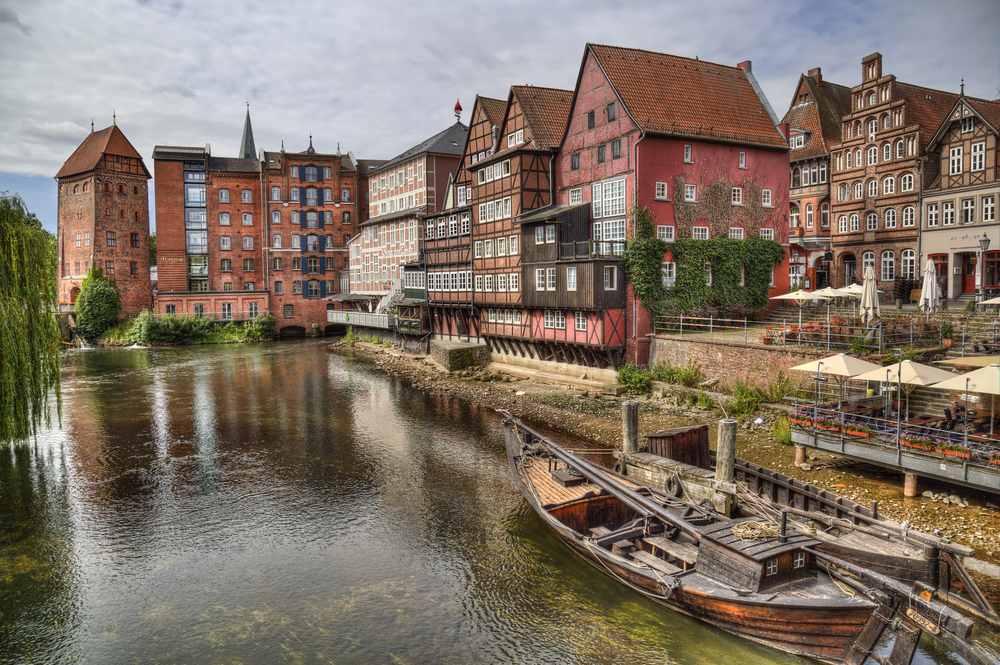
This historic town’s damask weavers create intricate linen textiles using patterns dating back to medieval times. Their workshops maintain traditional draw looms, which allow for complex pattern creation, which requires exceptional skill and patience.
The community has established a weaving school that ensures the transmission of knowledge to new generations. Local artisans combine traditional techniques with contemporary design elements to create unique textiles.
Sanganer, India
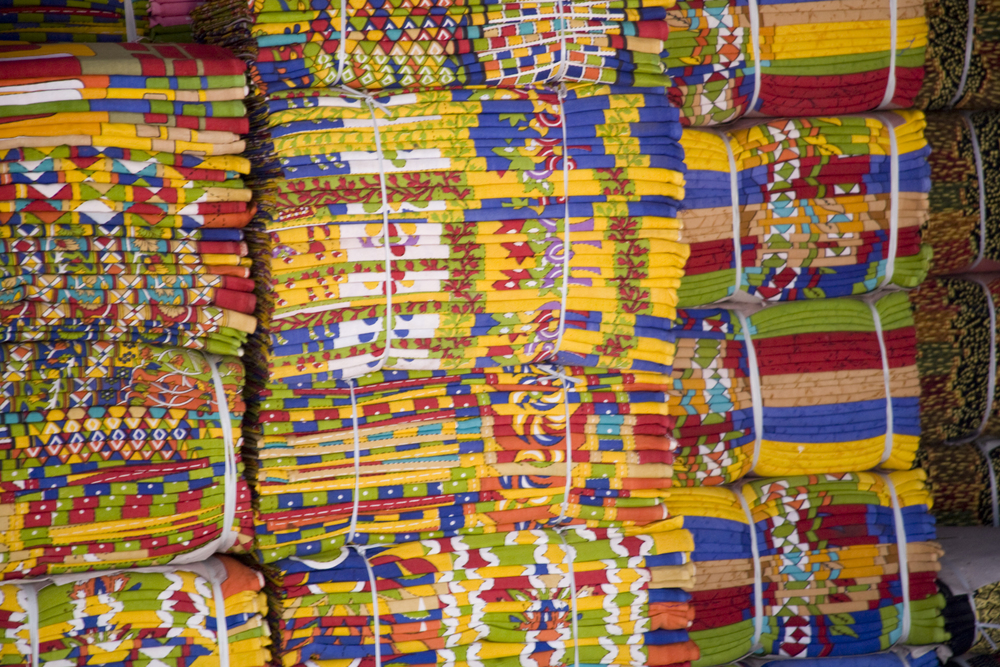
This Rajasthani village is renowned for its block-printed textiles, which were created on handwoven cotton-based fabrics. The artisans maintain centuries-old techniques of natural dyeing and hand-block printing passed down through generations.
The community has established strict guidelines to maintain the authenticity of its traditional processes and designs. Local workshops continue to innovate while preserving the essential characteristics of their craft.
Doi Tao, Thailand
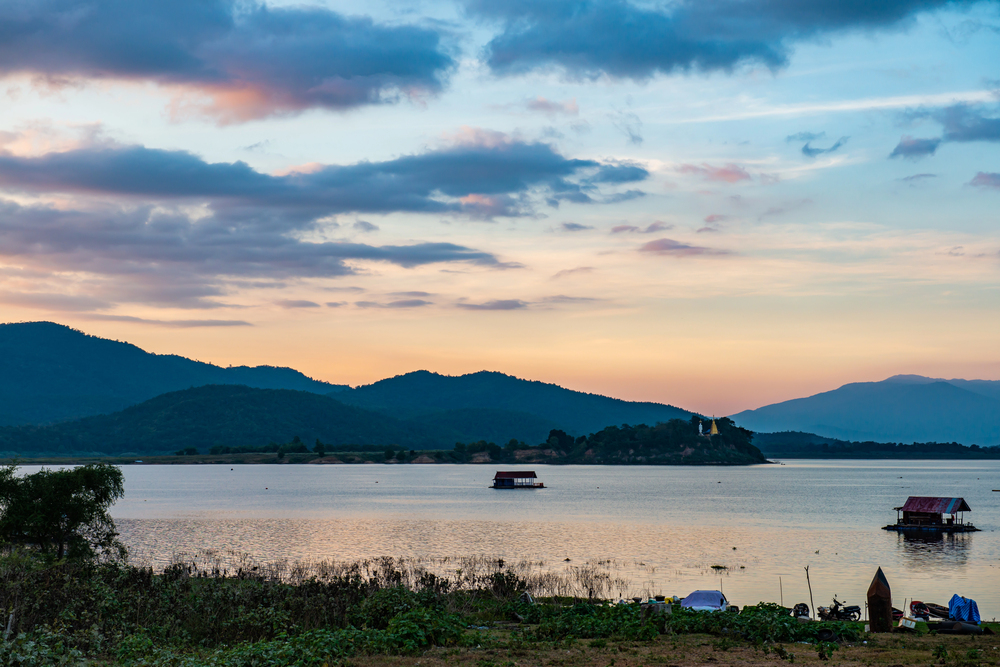
This northern Thai village specializes in complex supplementary weft textiles with distinctive geometric patterns. Its weavers use traditional backstrap looms to create intricate designs that tell stories of local mythology and history.
The community maintains a strong apprenticeship system, preserving its unique techniques. Local artisans have developed sustainable practices that protect their craft and the environment.
Chonchi, Chile
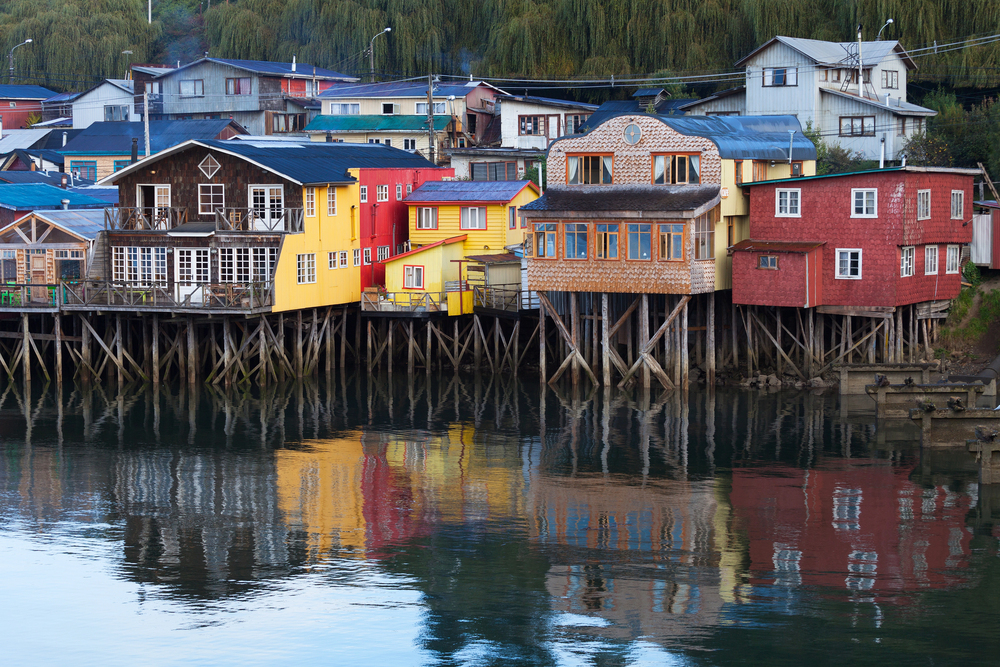
This Chiloé Island community creates distinctive wool textiles using techniques from Spanish colonists and adapted to local traditions. Their weavers maintain ancient patterns with symbols representing local folklore and natural elements.
The village has established a successful cooperative that provides economic opportunities while preserving traditional knowledge. Local artisans have developed innovative marketing strategies while maintaining authentic production methods.
Koya, Japan
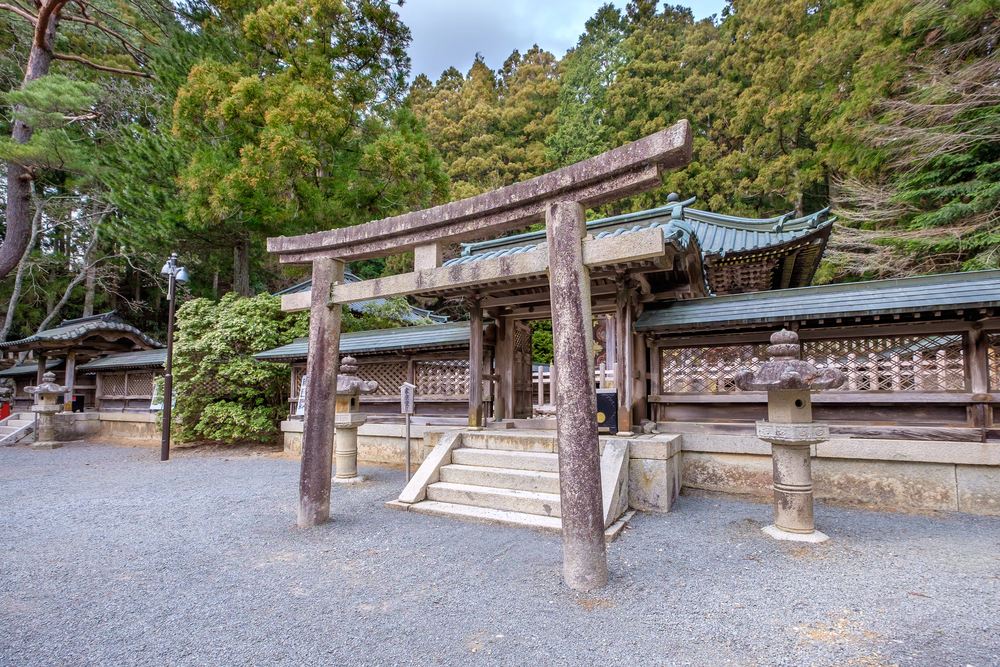
This mountain village’s weavers specialize in creating sacred textiles used in Buddhist ceremonies and temple decorations. Their artisans maintain strict protocols for creating religious textiles passed down through generations.
The community has established a formal training program to ensure the preservation of their unique techniques. Local workshops continue to use traditional materials while adapting to contemporary spiritual needs.
Salavan, Laos

The villagers of this southern province use complex supplementary weft techniques to create characteristic silk textiles. Their weavers maintain patterns that symbolize their community’s ancient customs and beliefs.
They have adopted sustainable silk production methods that benefit artisans and the environment. Innovation is continued at local workshops while maintaining the fundamental aspects of their traditional craft.
Korhogo, Ivory Coast
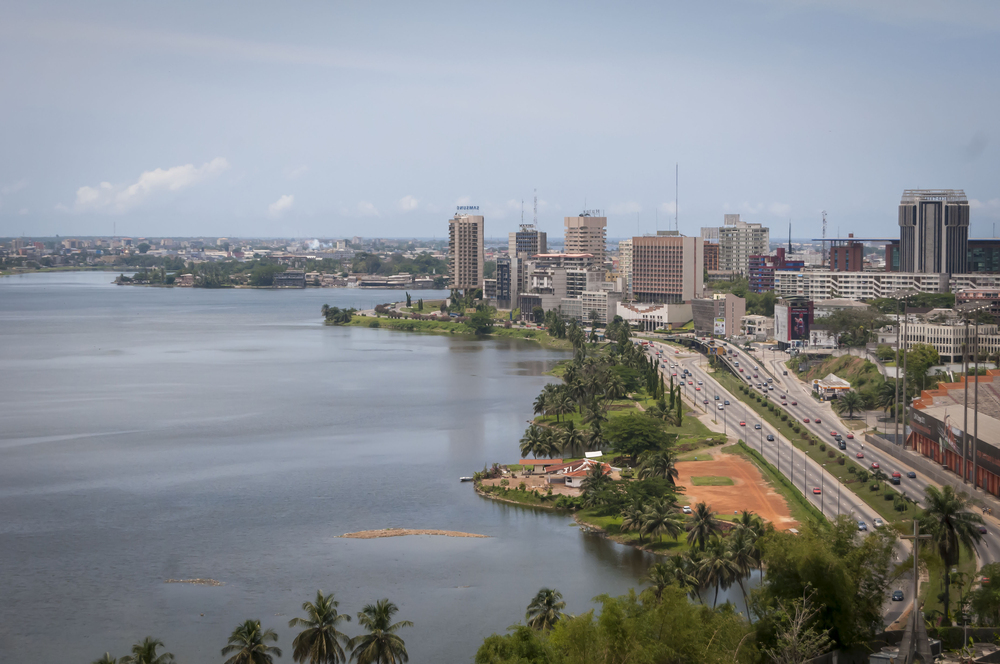
This northern village creates unique hand-painted textiles on handwoven cotton strips using fermented mud dyes. Their artisans maintain traditional patterns with symbols representing local mythology and social structures.
The community has established training programs to ensure the continuation of its unique artistic heritage. Local workshops have developed contemporary applications for their traditional techniques while maintaining authenticity.
Xam Tai, Laos
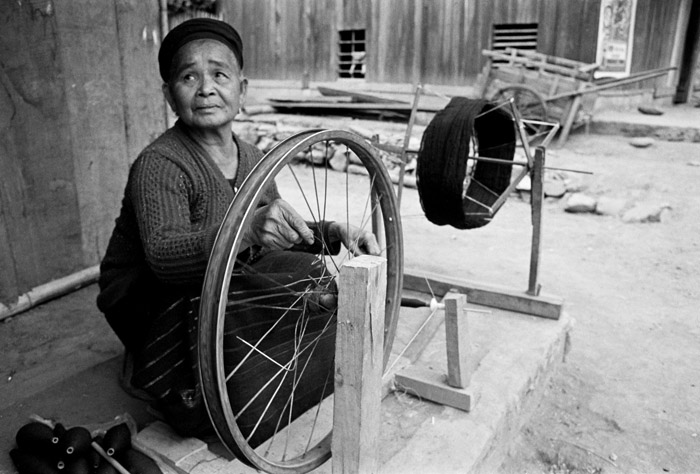
This remote village specializes in creating complex multi-shaft textiles using traditional floor looms. Its master weavers produce elaborate patterns that require exceptional mathematical skills and memorization.
The community maintains strict quality standards while adapting to contemporary market demands. Local artisans have developed innovative designs while preserving their traditional techniques and materials.
Weaving Traditions: Past, Present, and Future
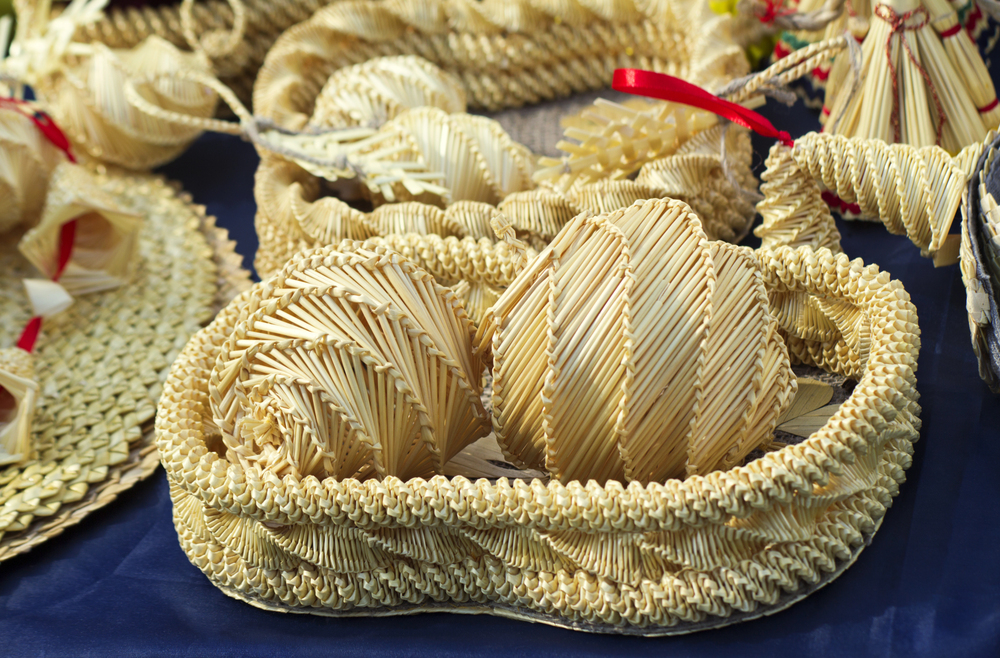
These villages are preserving ancient crafts and evolving living traditions that continue to adapt and thrive in the modern world. Their success demonstrates how traditional craftsmanship can remain relevant and economically viable while maintaining cultural authenticity.
As these communities continue innovating and adapting, they ensure their unique weaving traditions will inspire and enrich future generations.
More from Travel Pug

- 15 Dangerous European Cities to Avoid
- 15 Caribbean Islands Where Tourists Keep Getting Scammed
- The 20 Most Fascinating Abandoned Places: A Journey Through Time and Forgotten Spaces
- 15 Hidden Places in the Smithsonian Museums Locals Love: A Guide to Lesser-Known Treasures
- 16 Hidden Florida Beach Towns That Aren’t Overrun with Tourists
Like Travel Pug’s content? Follow us on MSN.
